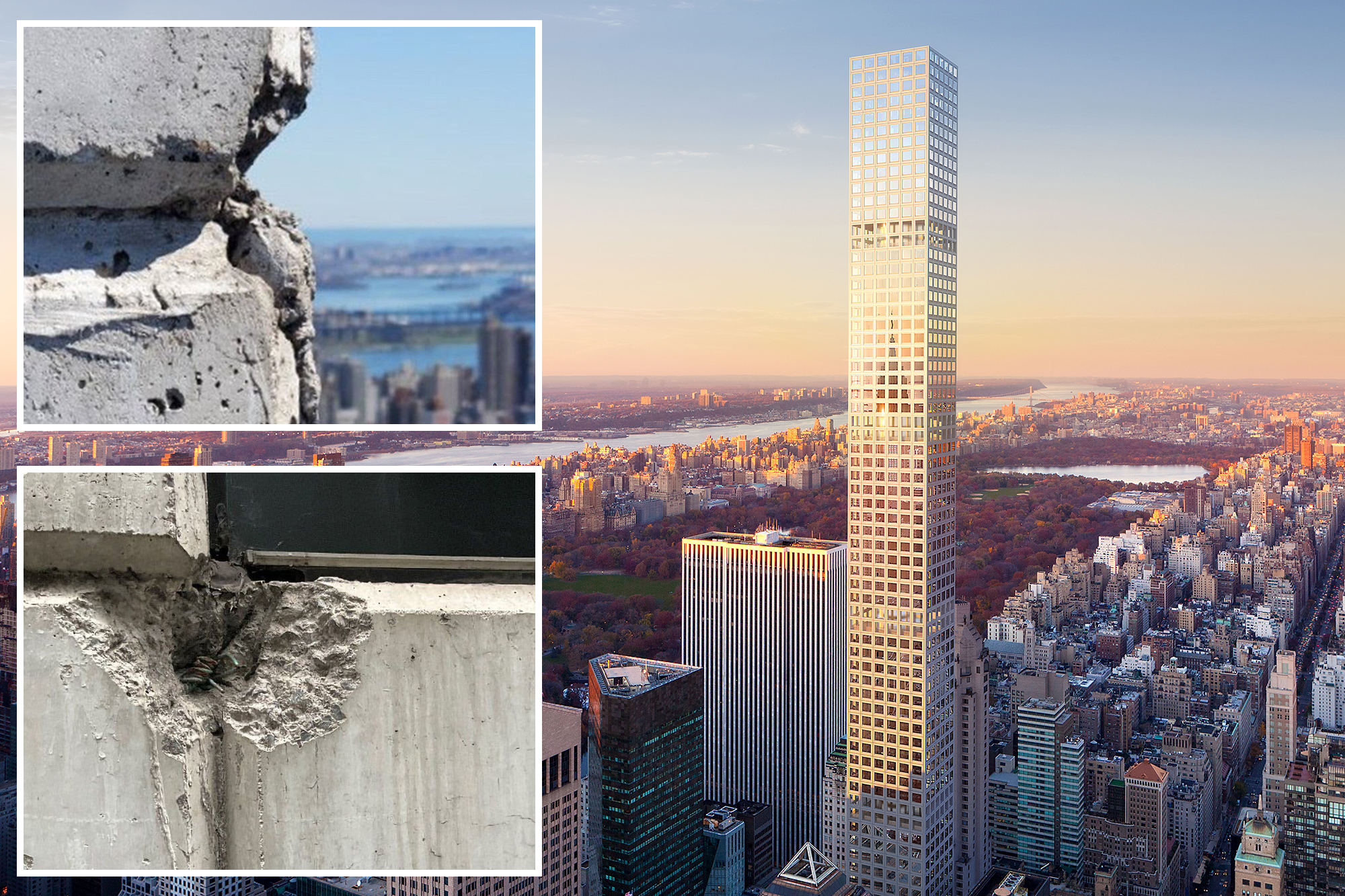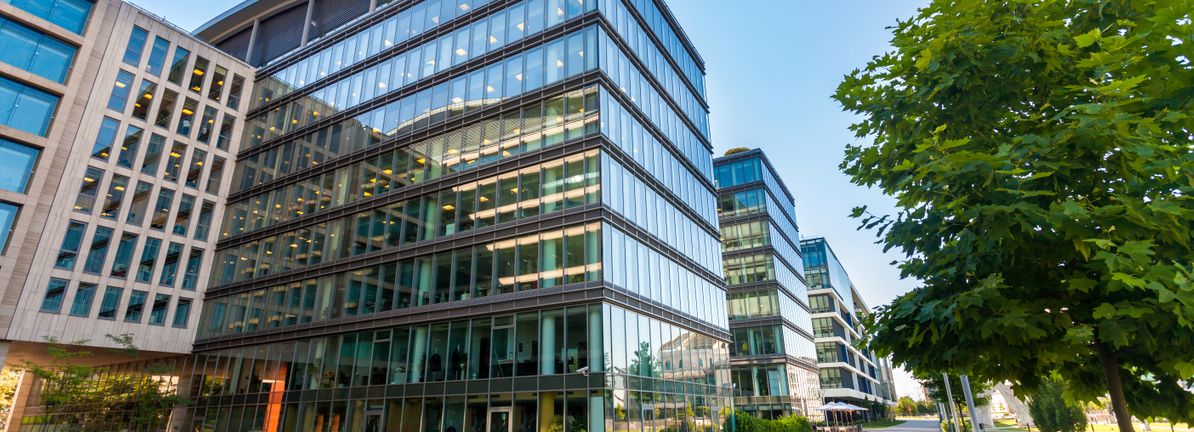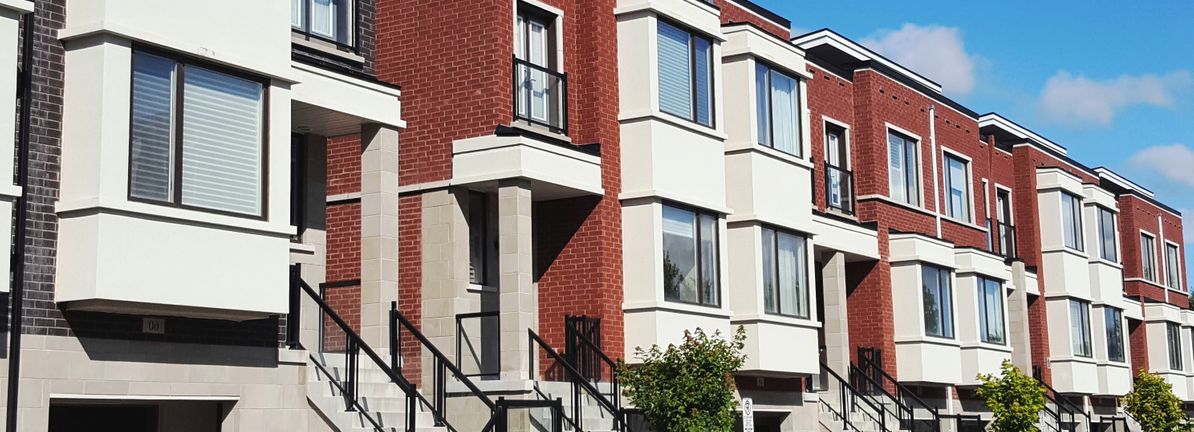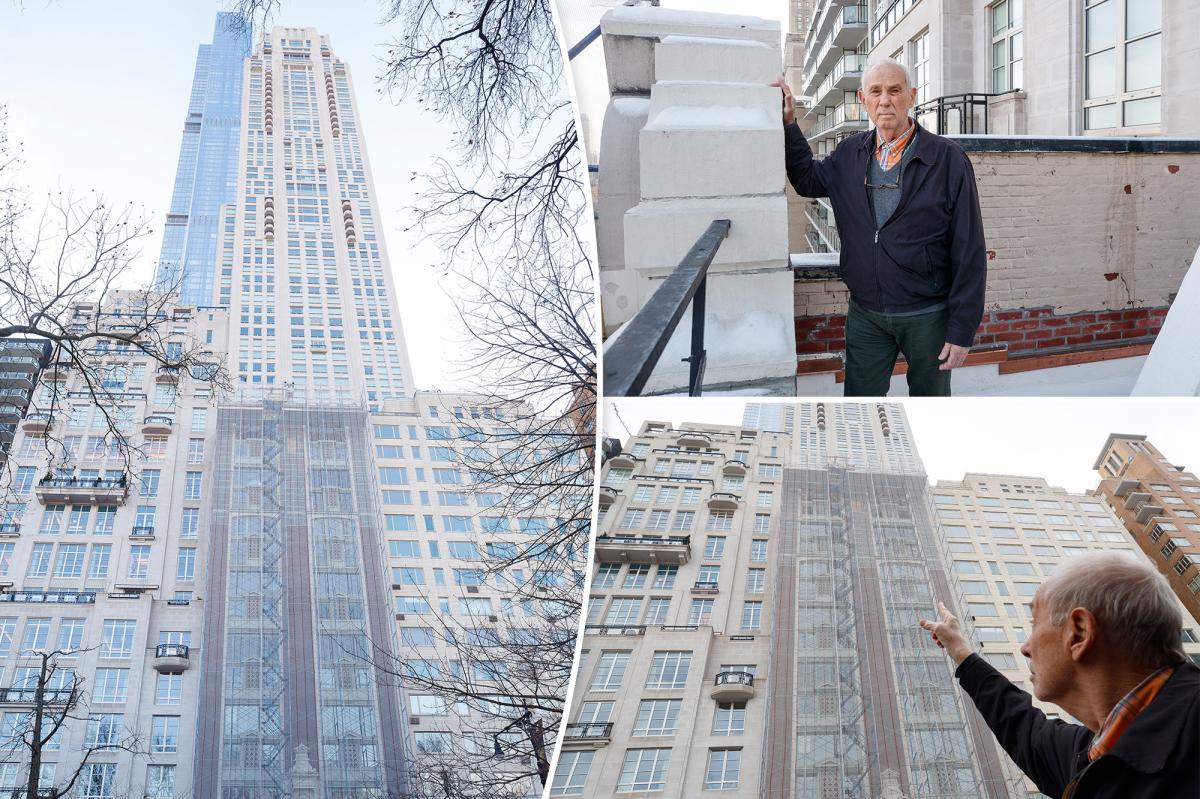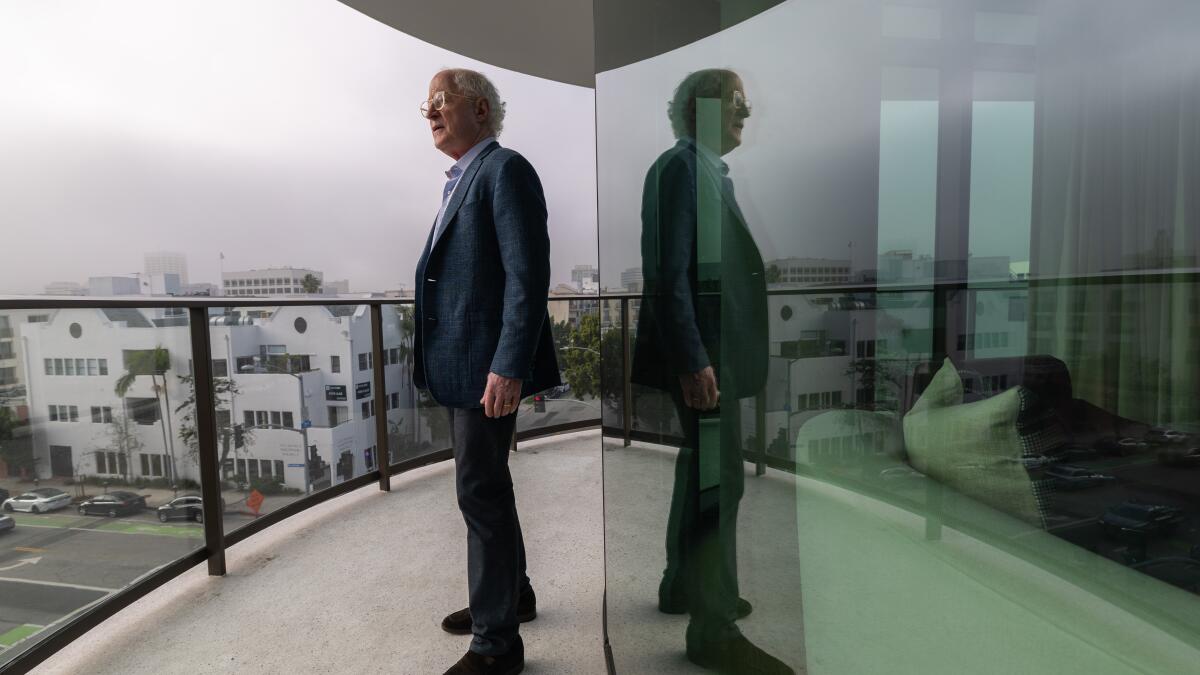4
32 Park Ave. is one of Manhattan’s tallest and most luxurious towers, rising nearly 1,400 ft with 96 stories. Its stark white concrete skin, chosen for its dramatic aesthetic, has begun to split and lose large sections since the building opened in 2015. A New York Times investigation revealed extensive fissures and missing concrete, raising alarms that the structure could become unsafe without a major repair.
The tower’s 125 high‑end apartments, which sold for $2.5 billion in the first decade, have attracted celebrities and royalty. Prices range from a two‑bedroom unit on the 52nd floor at $10.5 million to a six‑bedroom penthouse with six full baths and two half‑baths at $55 million. Residents report wind‑induced sway, leaks, power outages, and elevator failures—issues that have sparked legal disputes between the building’s board and developers Macklowe Properties, WSP, and CIM Group.
The concrete problem was known during construction. The white material is prone to cracking, yet the design team insisted on preserving the vision. In a 2012 email, Rafael Viñoly’s firm director Jim Herr warned that the choice could lead to failure and future lawsuits. A WSP engineer replied, “Color or cracks,” noting only two options existed. Despite these concerns, the developers proceeded.
Photographs of the façade show numerous cracks, some repaired with filler, while other sections—especially on higher floors—appear to have broken away entirely. The Department of Buildings (DOB) notes that small amounts of loose material are routinely removed during inspections. The latest façade inspection in 2023 found the building code‑compliant, with no immediate collapse risk, but engineers remain uneasy.
Structural engineer Steve Bongiorno cautions that concrete fragments could fall onto Midtown sidewalks, and that water infiltration through cracks could compromise the building’s interior systems—elevators, pipes, and mechanical components—making the tower “uninhabitable.” He stresses that the structure is being stressed beyond its intended limits, and that no protective sidewalk shed exists to shield pedestrians from falling debris.
University College London engineer Jose Torero echoes this concern, noting that a ten‑year‑old building should not exhibit such extensive deterioration. The proposed $160 million overhaul, slated to address current damage and reinforce the façade against future weathering, is under consideration by residents and stakeholders.
Macklowe Properties and WSP have declined to comment, while CIM Group dismissed the damage reports as “baseless,” labeling the allegations “defamatory” and claiming they would depress property values. The building’s owners and developers argue that the façade has passed all inspections and that the risks are exaggerated.
In summary, 432 Park Ave’s white concrete skin is cracking and losing sections, posing a potential hazard to pedestrians and residents. A significant renovation is deemed necessary to prevent further deterioration and maintain the tower’s safety and prestige.
